Are you looking for classical novels based on historical events and life stories? Check our roundup authors like Willa Cather for books you’ll love next.
Right after college in 1895, Willa Cather started working in a family magazine, Home Monthly, in Pittsburgh, Pennsylvania. She also worked as a critic and editor of a newspaper publication, Pittsburgh Leader, before fully devoting herself to writing books in 1912. Her debut novel was Alexander’s Bridge, a dramatic and psychological story of cosmopolitan life. O Pioneers! was published a year later, imprinting her name in the literary world. It reflected the importance of moral characters in the Great Plains and the struggle of immigrant women.
In 1922, One of Ours was released, featuring a soldier’s life in France during World War I, the deadliest international conflict in history. The novel won the Pulitzer Prize in 1923 for writers with outstanding service and contributions to American literature. She also wrote A Lost Lady to commemorate the fading pioneer spirit.
Contents
- Best Authors Like Willa Cather Ranked
- 1. Robertson Davies, 1913 – 1995
- 2. Jane Austen, 1775 – 1817
- 3. Henry James, 1843 – 1916
- 4. Ernest Hemingway, 1899 – 1961
- 5. Anna Quindlen, 1952 –
- 6. Charles Dickens, 1812 – 1870
- 7. Jack London, 1876 – 1916
- 8. Joseph Conrad, 1857 – 1924
- 9. Edith Wharton, 1862 – 1937
- 10. Richard Wright, 1908 – 1960
Best Authors Like Willa Cather Ranked
1. Robertson Davies, 1913 – 1995
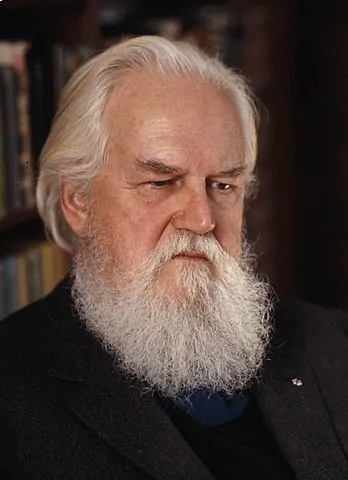
Robertson Davies graduated from the University of Oxford and became a stage management member of the Old Vic Repertory Company for performing arts and theaters and an editor of the Peterborough newspaper. In 1951, he published Tempest-Tost, the first book for his Salterton trilogy, which made him one of Canada’s distinguished Men of Letters. The series penetrates the prudery and provincial behaviors in Canada, which showcases Davies’ traditional storytelling and humorous play of characters.
Davies is famous for his Deptford series: Fifth Business, The Manticore, and World of Wonders. The trilogy focuses on three men’s moral and enduring lives in the small town of Deptford. The third novel, World of Wonders, was praised as “a modern classic” by the Washington Post Book World. It blends futuristic and fantasy scenes to entertain its readers while teaching them about the truths of life.
“Boredom and stupidity and patriotism, especially when combined, are three of the greatest evils of the world we live in.”
Robertson Davies, World of Wonders
- Amazon Kindle Edition
- Davies, Robertson (Author)
- English (Publication Language)
- 329 Pages - 02/28/2006 (Publication Date) - Penguin Classics (Publisher)
2. Jane Austen, 1775 – 1817
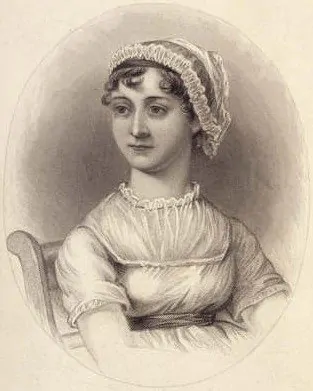
Jane Austen authored six novels over her career, two published posthumously. Her stories explore the lives of ordinary and middle-class people, especially looking at women’s economic and social standing. Her books were an era’s Novel of Manners, as she wrote fictional stories depicting the social world, making her popular and relevant even centuries after her passing.
Her novel Sense and Sensibility, published in 1811, captures two distinct personalities of oneself – sense and emotion, and how these affect an individual’s life’s choices in love, beliefs, destinations, and challenges. Pride and Prejudice, written in 1813, was adapted into a romantic drama film in 2005 directed by Joe Wright. The film bolstered the novel’s popularity and proved Austen’s exceptional writing skills through her characters’ witty dialogues. Her other novels are Mansfield Park, Emma, Persuasion, and Northanger Abbey.
“There are few people whom I really love, and still fewer of whom I think well. The more I see of the world, the more am I dissatisfied with it; and every day confirms my belief of the inconsistency of all human characters, and of the little dependence that can be placed on the appearance of merit or sense”
Jane Austen, Pride and Prejudice
- brand: Fingerprint! Publishing
- Pride and Prejudice (Deluxe Edition)
- Hardcover Book
- Austen, Jane (Author)
- English (Publication Language)
3. Henry James, 1843 – 1916
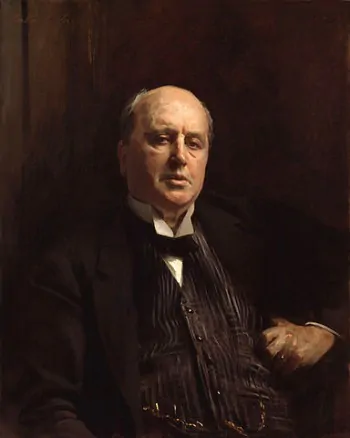
Henry James was an American novelist who authored 20 novels, 112 short tales, and 12 plays. He started his literary career writing short stories and was considered one of America’s most skillful short story writers. Due to his interest in the impacts of worldly events on human behavior and consciousness, he began working on novels. He became a key transitional figure in literary realism and Modernism.
James debuted with the life story of Roderick Hudson in 1875. The novel is about a sculptor who struggled with money but chose his passion and pursued art despite his difficult circumstances. James also gained prominence for his The Portrait of a Lady, featuring the adventure of a young woman from an English class in America who had to choose between wanting to be a free spirit and molding in societal pressures of her time in continental Europe. These novels were evidence of James’ deep understanding of human emotions and cognitive reasoning regarding life’s cruelty and deception.
“You must save what you can of your life; you mustn’t lose it all simply because you have lost a part.”
Henry James, The Portrait of a Lady
- Amazon Kindle Edition
- Henry James (Author)
- English (Publication Language)
- 651 Pages - 08/01/2019 (Publication Date) - Grapevine (Publisher)
4. Ernest Hemingway, 1899 – 1961
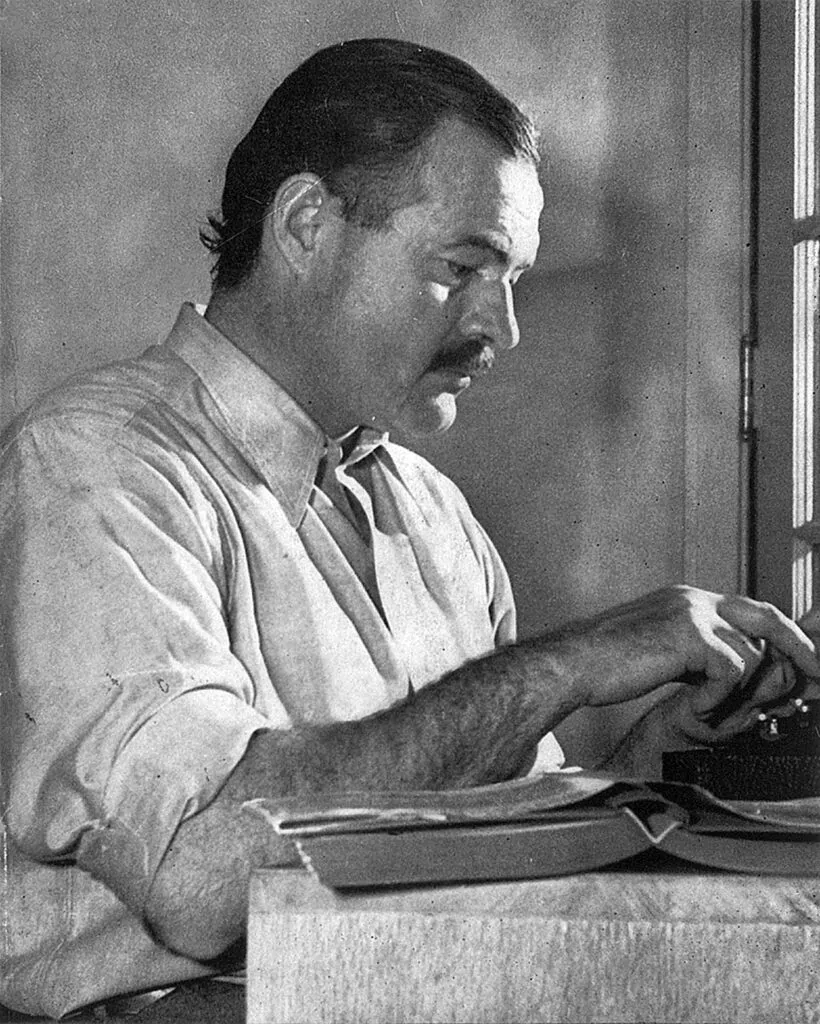
Ernest Hemingway was known for incorporating his life experiences into his literary works, especially his time as a volunteer during the First World War and an expatriate American in Paris. In 1954, he was awarded the Nobel Prize for his significant contribution to literature, citing his influences on the American and British fiction stories of the 20th century.
He published his first novel, The Sun Also Rises, in 1926, drawing inspiration from the post-world war generation through his powerful writing style. His other notable works include A Farewell to Arms in 1929, about the disenchantment of an American officer in the war, and For Whom the Bell Tolls in 1940, where he added his encounters during the Spanish Civil War. Hemingway’s works portray not only soldiers’ and fighters’ dilemmas during societal conflicts but also life’s viciousness when it takes away hope and faith.
“The world breaks everyone and afterward many are strong at the broken places.”
Ernest Hemingway, a Farewell to Arms
5. Anna Quindlen, 1952 –

Anna Quindlen began her career as a journalist for the New York Post during college and The New York Times right after earning her Bachelor of Arts degree. In 1992, she became the third woman to receive the Pulitzer Prize for her outstanding public service and achievement in American journalism.
Quindlen is also a bestselling novelist and is popular for her book, Write for Your Life, which urges everyone to write using their past, present, and future experiences. In this book, she disclosed her personal stories about love letters during World War II, journal entries of nurses and doctors, and her daily life as a mother and a daughter. Her novel, One True Thing, was adapted into a feature film, and her works on Blessings and Black and Blue also inspired television movies.
“Your children make it impossible to regret your past. They’re its finest fruits. Sometimes the only ones.”
Anna Quindlen, Black and Blue
6. Charles Dickens, 1812 – 1870
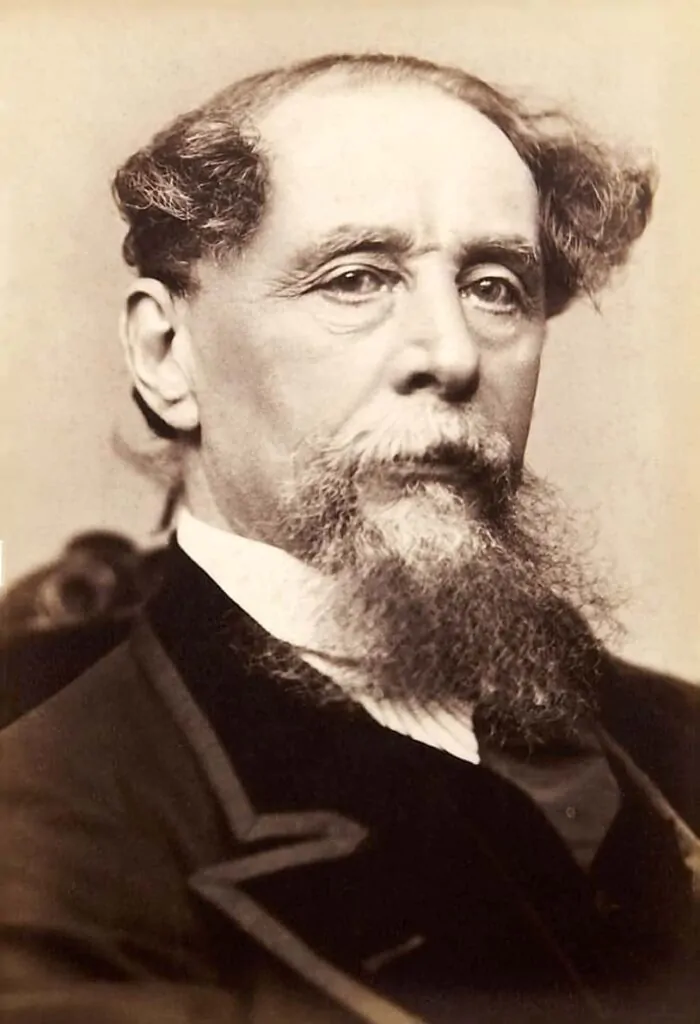
Charles Dickens was an English novelist considered the greatest writer of the Victorian Era, a British period from 1820 to 1914. His works draw the fine line between the poor and rich, simple and sophisticated, and past and future advancements, all anchored for social change. The classic novels his readers applauded are A Tale of Two Cities, Oliver Twist, Great Expectations, and A Christmas Carol.
Oliver Twist is a story of an orphan thrown into a den of thieves and his miserable life as defined by a cruel society. The same issues were featured in Dickens’ book, A Tale of Two Cities, but set during the French Revolution. Dicken’s talent to find light amidst deep terror in every walk of life made his works stand out among others.
“Suffering has been stronger than all other teaching, and has taught me to understand what your heart used to be. I have been bent and broken, but – I hope – into a better shape.”
Charles Dickens, Great Expectations
7. Jack London, 1876 – 1916

Jack London was an American novelist, journalist, and outspoken socialist who pioneered commercial fiction and American magazines. His popularity remained at the top even after World War II, when new generations of writers emerged. His prominent works are The Call of the Wild, White Fang, and Martin Eden, centering around survival and socialism.
London’s early career included his famous work, The Call of the Wild, which features a kidnapped pet dog thrown into the frontier during the Klondike Gold Rush. His other book, White Fang, mirrors the stories in The Call of the Wild but digs more into society’s domestic and instinctive conflicts. Through enduring animal characters, London successfully used these two novels to portray a real human’s life in an unfair world.
“As one grows weaker one is less susceptible to suffering. There is less hurt because there is less to hurt.”
Jack London, The Star Rover
8. Joseph Conrad, 1857 – 1924

Joseph Conrad was fond of using the sea and exotic places as his novels’ settings, influenced by his long career as a merchant marine. His writing links the endless sea with loneliness and despair, successfully portraying the reality and vividness of life and its dangers. These societal interpretations were strongly depicted in the Heart of Darkness. The book reflects on the events of European Imperialism and its risks while revealing the human nature of hypocrisy and morality.
His notable classic books include Lord Jim, featuring the adventure of a young British seaman, and Nostromo, a tale set in the Costaguana republic of South America. The latter novel was published originally as installments and ranked 47th among the 100 best English-language novels of the 20th century by the Modern Library.
“We live as we dream – alone. While the dream disappears, the life continues painfully.”
Joseph Conrad, Heart of Darkness
9. Edith Wharton, 1862 – 1937
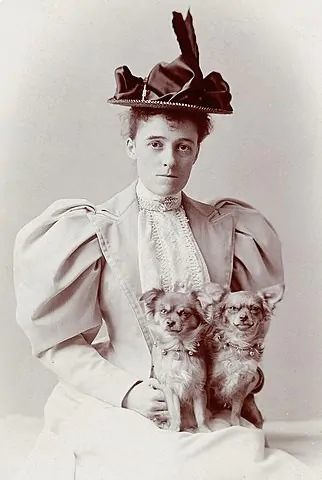
Edith Wharton became the first woman to win the prestigious Pulitzer Prize in the Novel category in 1921 for her novel The Age of Innocence. The book captures the luxury and deception of an era where the social acceptance of happiness and sensuality drag people down. Wharton was also enlisted in the National Women’s Hall of Fame in 1996.
Wharton was raised in a wealthy family who helped aid the refugees and wounded during the First World War, including 600 orphans. Her wartime service was honored by the Belgian and French governments, from which Wharton also drew stories she used in her numerous novels.
Among these novels are Ethan Frome in 1911, about a man who struggled with life because of where he was born, and The House of Mirth, featuring a young lady’s strife as an unmarried 29-year-old woman with good connections but no money. Both books criticize society and morality’s roles in stopping individuals from fulfilling their desires. Check out our list of authors like Sandra Byrd.
“The real loneliness is living among all these kind people who only ask one to pretend!”
Edith Wharton, The Age of Innocence
10. Richard Wright, 1908 – 1960
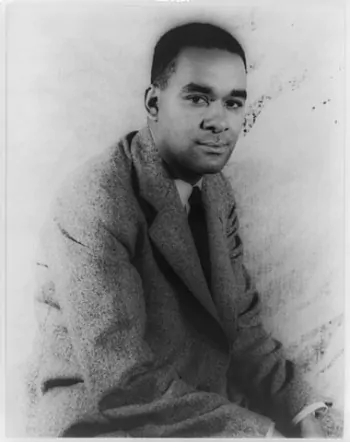
Richard Wright was among the first African American novelists to expose the racial treatment of white people towards black society after World War II in their writings. Wright’s poor life experiences, especially as a witness to slavery and the unfair treatment of black people, were reflected in most of his novels.
In 1945, he released Black Boy, his autobiography, where he shared all the extreme experiences of poverty and violence against his race. Many believed, including the New York Times editors, that if more people read this book, the world would have a deeper understanding and acceptance of democracy.
Wright’s Uncle Tom’s Children was also one of his critically acclaimed books and was the recipient of the Story Magazine Prize in 1938. Another well-known work of Wright is the Native Son, published in 1940, which became a bestseller and shaped the history of modern black people amidst crisis. You might also be interested in our list of authors like Umberto Ego.
“Violence is a personal necessity for the oppressed…It is not a strategy consciously devised. It is the deep, instinctive expression of a human being denied individuality.”
Richard Wright, Native Son
Looking for more? Check out our round-up of the best Czech authors!